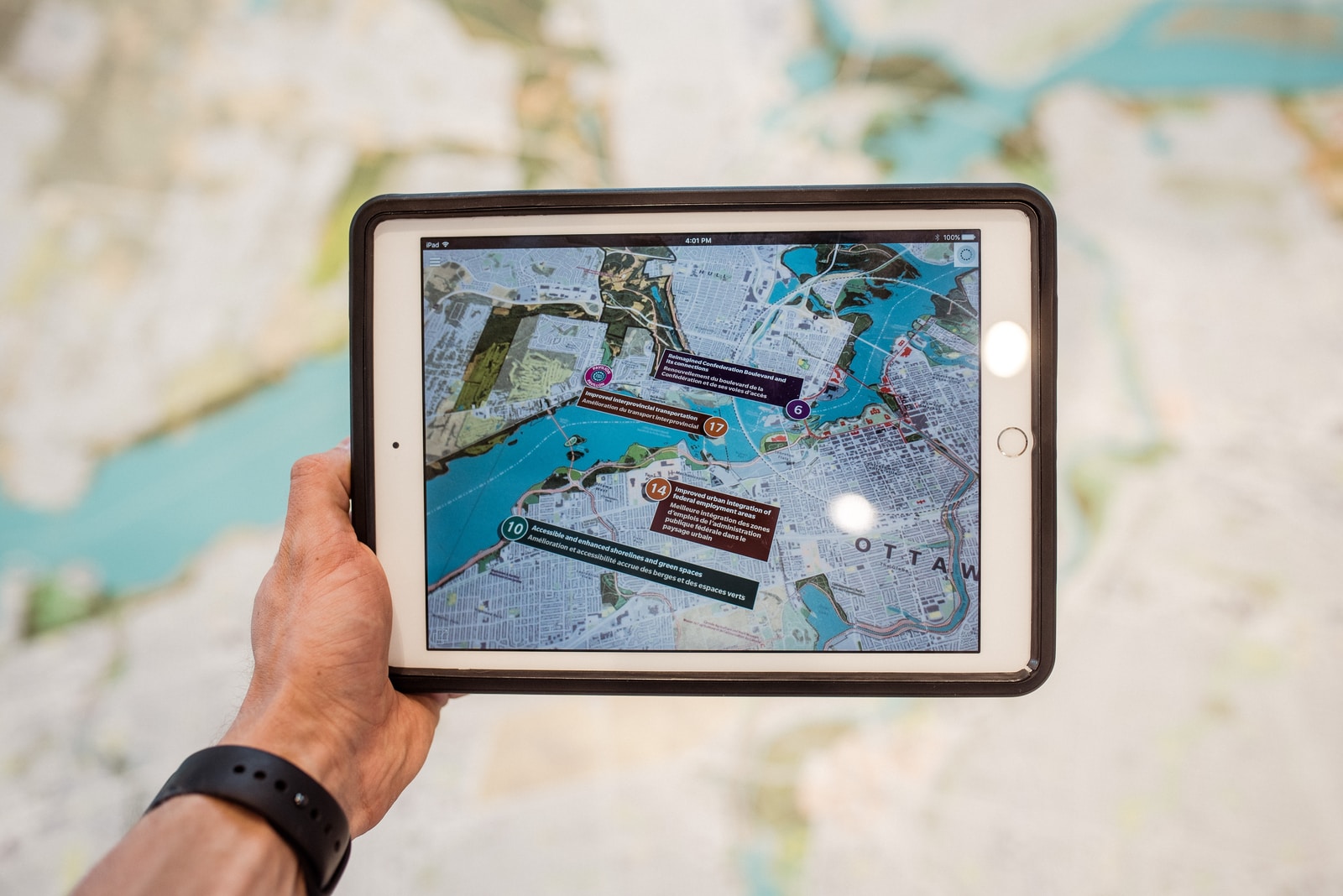Are you trying to break into the realm of IP geolocation APIs? Take a look at these useful hints!
Whether you’ve heard about IP based geolocation before or are learning about it for the first time, this article will teach you everything you need to know about implementing it on your website.
IP-based geolocation may be the ideal answer for you if you’re running an e-commerce company and want to enhance your conversion rate, reduce bounce rates, or simply make your website more welcoming and memorable. Nonetheless, IP-based geolocation offers advantages and disadvantages. Before adding it into your website, it’s critical to understand the benefits and drawbacks.
What is IP Based Geolocation?
Let’s start with the fundamentals. IP-based geolocation is a method of determining the location of a computer or mobile device that is connected to the internet. All you need is a geolocation lookup tool and your target’s IP address, which you can get using a simple PHP script.
A geolocation lookup tool canvasses public databases to determine the contact and registration information for a particular IP address. With both of these tools in hand, you simply input the IP address into the geolocation lookup tool and you will receive the location of your target.

What Is The Meaning Of An IP Address?
Every computer or internet-connected phone has an IP address, which is a unique online identity. The normal IP address consists of four or six integers separated by a decimal. Electronic devices can communicate and share data by using IP addresses. Despite the fact that each computer or internet-connected device has its own IP address (“Local IP addresses”), these IPs are rarely visible to the outside world.
Routers are used to conduct the heavy lifting. Routers connect individual computers to the internet via their own IP address, often known as “External IP addresses.” The user’s internet service provider provides the external IP address, which is the one that is really shared while browsing a website or otherwise functioning on the internet.
IP Based Geolocation’s Most Common Applications
Those who want to employ IP-based geolocation to track down web visitors can do so in a variety of ways. Here are some typical examples:
1- Showing different offers to users from different locations. 2- Show relevant business opening hours. 3- Providing a localized feeling. 4- Translating key messages to the user’s language. 5- Redirect visitors to a page in their language.
However, whether you’re looking for data for a country, city, or area, there are APIs you can rely on. ipXapi is an example of an API that uses reliable data sources such as major ISPs to provide precise information such as country, city, region, latitude, longitude, and more.

The infrastructure that serves the ipXapi API has evolved to be very scalable and efficient after 11 years of continuous optimization, handling between 2 and 3 billion API calls per day. With over 2 million unique locations in over 200.000 cities around the world, ipXapi is constantly expanding its data coverage.
To use it, you have to:
- Go to https://ipxapi.com/ and create an account.
- Enter the IP address where you want data to come from.
- Send it out to see how many people respond.
- Save the API to your computer and use it as needed.
The ipXapi database and API are linked to a number of significant ISPs that regularly submit information on new and current IP ranges, resulting in extraordinarily accurate IP data. Because ipXapi is connected to numerous channels that supply real-time IP data, the API’s database is updated on a daily basis, with up to 24 database updates.

